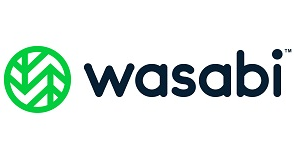Cloud Storage in a Zero Trust Enterprise
Each month, a new cyberattack makes headlines in terms of scale and financial impact. At the moment, ransomware is the most newsworthy threat, delivered as fake Windows updates1 and Covid-19 announcements2.
To cope with this never-ending menace, forward-looking organizations deepen their security postures to reduce their attack surface, consider new approaches, and evaluate their technologies for risk. Though there’s been no consensus on the best strategy for years, it’s become clear that old-school, perimeter security plus eight-character password protection schemes aren’t cutting it. Lately, enterprises, cloud providers, analysts, and technology companies are converging around Zero Trust (ZT) architectures as the best approach for dealing with the constantly-evolving onslaught of attacks, threats, and risks. Regulators are aligned with this view — in May 2021, the Biden administration issued an executive order mandating U.S. Federal Agencies adhere to NIST 800-207 as a required step for Zero Trust implementation.
To implement Zero Trust architectures, every component of the infrastructure stack has to be evaluated for risk. As a result, today’s administrators are casting a keen eye over their hardware and cloud stacks, trying to identify where they have gaps and weaknesses — and storage is one of the critical technologies they’re evaluating and testing for fit in a Zero Trust architecture.
In this paper, we will explore the state of play for security, dig into Zero Trust, and explore the critical characteristics of storage for Zero Trust. Then, in conclusion, we’ll evaluate Wasabi against the principles of Zero Trust and see how it measures up. After reading this paper, you’ll better understand how cloud storage fits into
Zero Trust, where challenges, gaps, and opportunities arise, and whether or not Wasabi could be the right tool in your search for a more secure enterprise.

